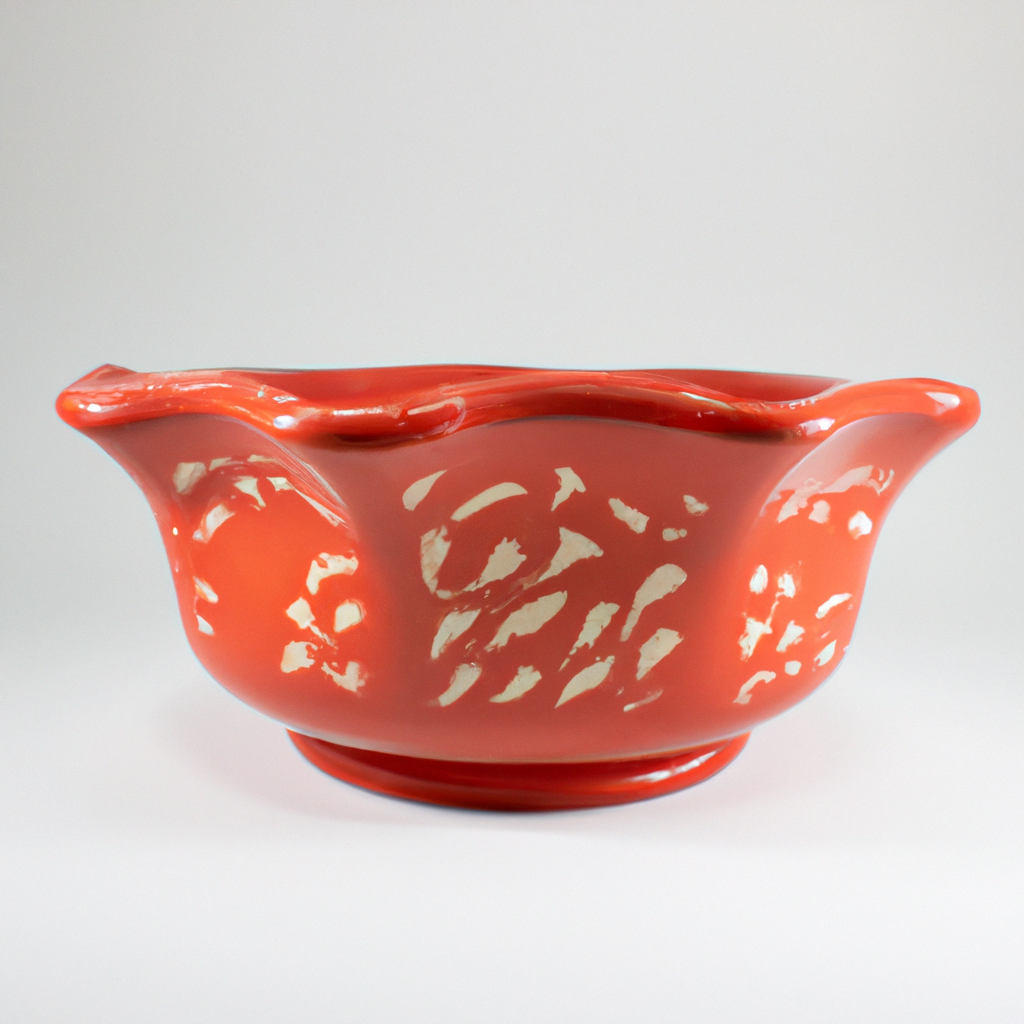
Exploring Glaze Layering Experiments: The Popularity and Need for Analysis
In the world of ceramics, glaze layering experiments have gained significant popularity among artists and hobbyists alike. The allure of creating unique, vibrant finishes through the layering of glazes has captivated many. However, as with any artistic endeavor, a thorough analysis of the process is essential to understand its advantages and disadvantages. This exploration will delve into the key benefits and challenges of glaze layering, providing insights for both novice and experienced potters.
Key Advantages of Glaze Layering
- Enhanced Aesthetic Appeal: One of the most notable benefits of glaze layering is the ability to achieve stunning visual effects. By combining different glazes, artists can create depth and complexity in their work. This layering technique often results in vibrant color combinations that would be impossible to achieve with a single glaze.
- Increased Texture and Dimension: Layering glazes can add physical texture to ceramic pieces. Different glazes may react differently during the firing process, leading to fascinating surface variations. These textures can enhance the tactile experience of the artwork, making it more engaging for viewers.
- Creative Freedom: Glaze layering encourages experimentation. Artists have the freedom to mix and match glazes, leading to unique combinations and unexpected results. This creative exploration can be incredibly fulfilling and can push the boundaries of traditional ceramic art.
- Improved Coverage: In some cases, layering glazes can provide better coverage over underglazes or raw clay. Certain glazes may not be opaque enough on their own, but when layered, they can effectively mask imperfections and enhance the overall finish of the piece.
- Personalized Artistic Expression: Each artist can develop their own signature style through glaze layering. The ability to modify recipes, apply different techniques, and create custom blends allows for a highly personalized approach to ceramic art.
In the realm of ceramics, the practice of glaze layering experiments can significantly enhance the final outcome of a piece. Exploring the Beauty and Versatility of the Latest Cone 6 White Clay reveals how different glazes can interact to create stunning visual effects. Artists often find that understanding the nuances of glaze reactions is crucial to achieving the desired finish. However, not all combinations yield successful results, making it essential to document what worked and what didn’t. By sharing these insights, potters can refine their techniques and inspire others in their creative journeys.
Challenges Inherent in Glaze Layering
- Firing Complications: One of the main challenges of glaze layering is the potential for issues during the firing process. Different glazes may have varying coefficients of expansion, which can lead to cracking or shivering. These complications can be frustrating for artists, as they may not know how a layered glaze will react until after firing.
- Inconsistent Results: While experimentation is a key part of glaze layering, it can also lead to unexpected outcomes. An artist may follow the same layering technique multiple times and achieve different results due to slight variations in application, firing temperature, or kiln atmosphere. This inconsistency can be disheartening.
- Complexity in Mixing: Mixing glazes to achieve desired effects can be a complex task. Artists must understand the properties of each glaze, including their chemical compositions and how they interact with one another. This knowledge is essential to avoid undesirable reactions that could ruin a piece.
- Increased Material Costs: Utilizing multiple glazes can lead to higher material costs. Purchasing a variety of glazes for experimentation can add up, particularly for artists who are just starting out. Budget constraints may limit the ability to explore this technique fully.
- Time-Consuming Process: Glaze layering requires patience and attention to detail. The process of applying each layer, waiting for it to dry, and then firing can be time-consuming. For artists on tight schedules, this can be a significant drawback.
Strategies to Mitigate the Challenges of Glaze Layering
- Conduct Test Tiles: To minimize firing complications and inconsistent results, artists should create test tiles before applying glazes to their main pieces. By experimenting with different glaze combinations on small tiles, they can observe how the layers interact and adjust their techniques accordingly.
- Document Processes: Keeping a detailed record of glaze recipes, application techniques, and firing conditions can help artists replicate successful results. This documentation serves as a valuable reference for future projects, reducing the chances of unexpected outcomes.
- Invest in Quality Materials: To counteract increased material costs, artists should focus on investing in high-quality glazes that yield consistent results. While the initial expense may be higher, quality glazes can save time and resources in the long run by reducing the need for extensive experimentation.
Summarizing the Balanced Use of Glaze Layering
In conclusion, glaze layering experiments present a fascinating opportunity for artistic expression in ceramics. While the advantages of enhanced aesthetics, creative freedom, and improved texture are compelling, artists must also be aware of the potential challenges such as firing complications and inconsistent results. By implementing strategies to mitigate these downsides, artists can navigate the complexities of glaze layering and achieve stunning results. Ultimately, the decision to explore glaze layering should be based on individual artistic goals and willingness to embrace both the successes and challenges that come with this creative process.


